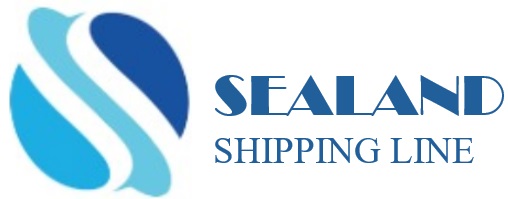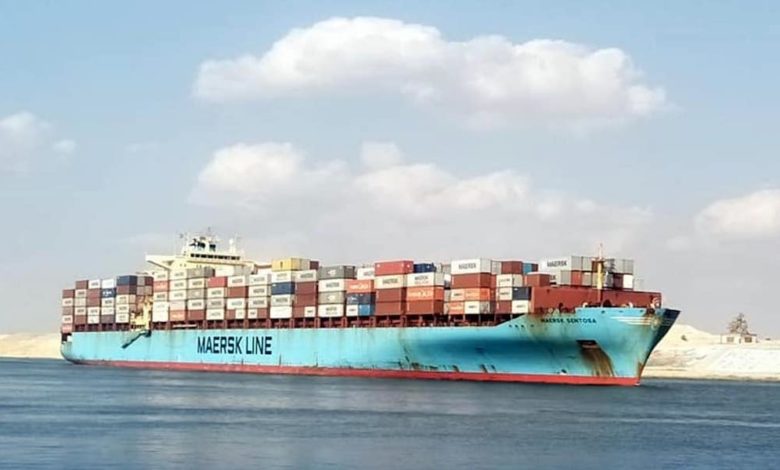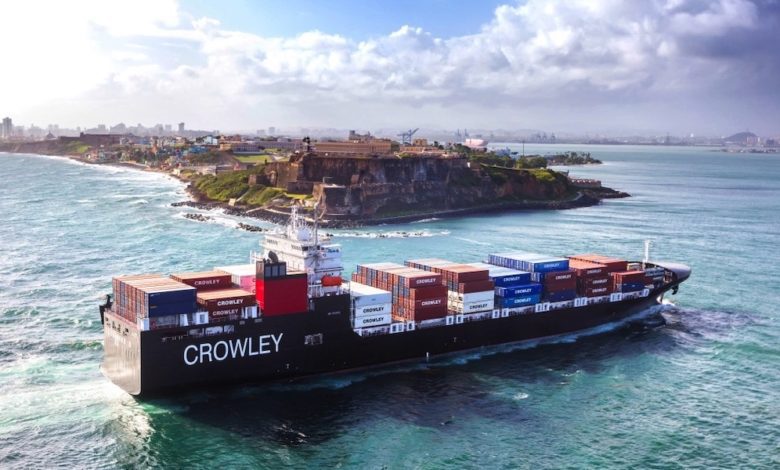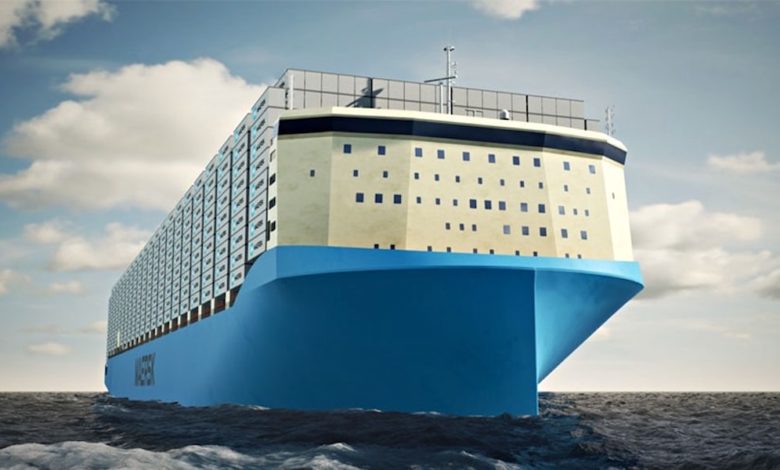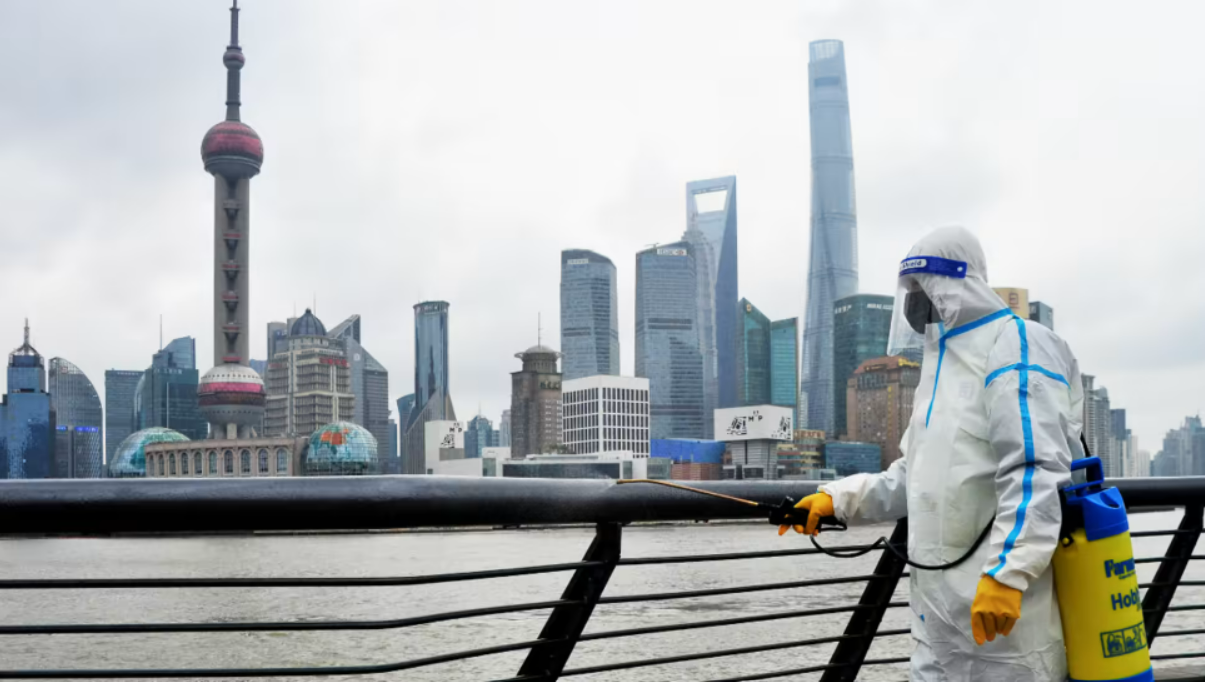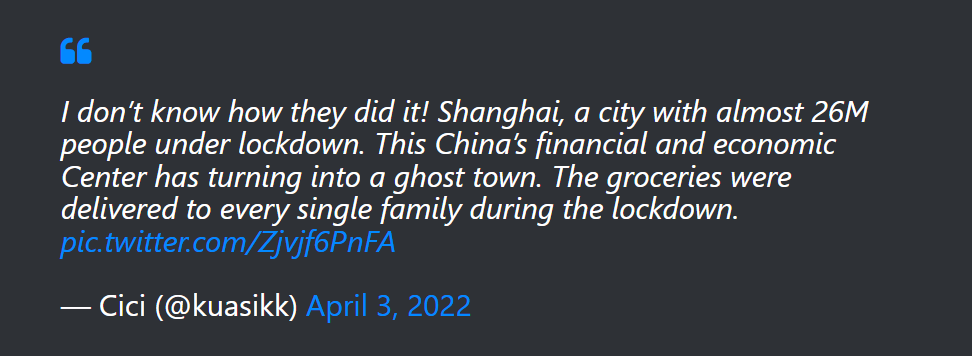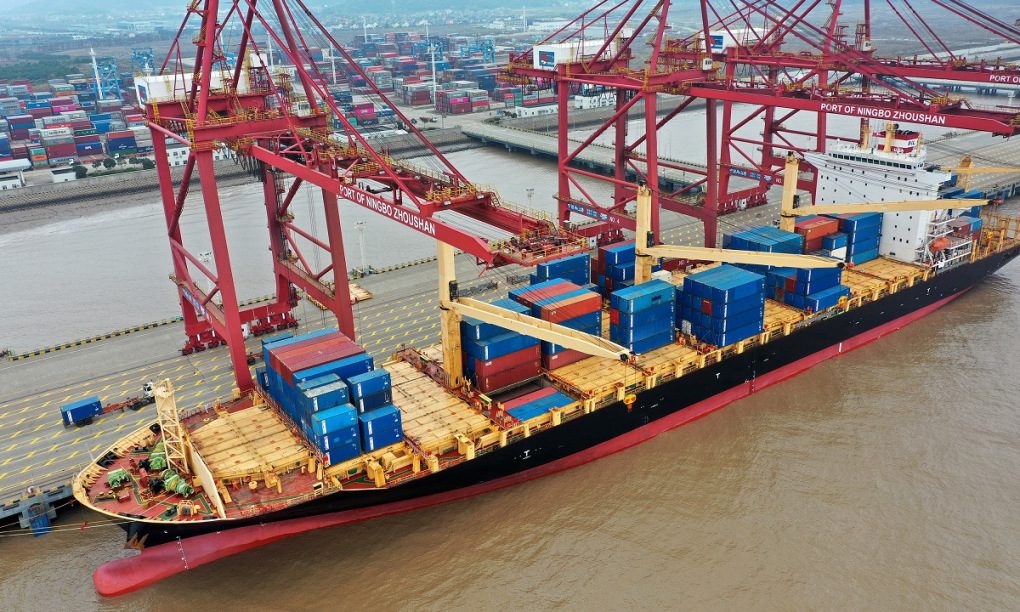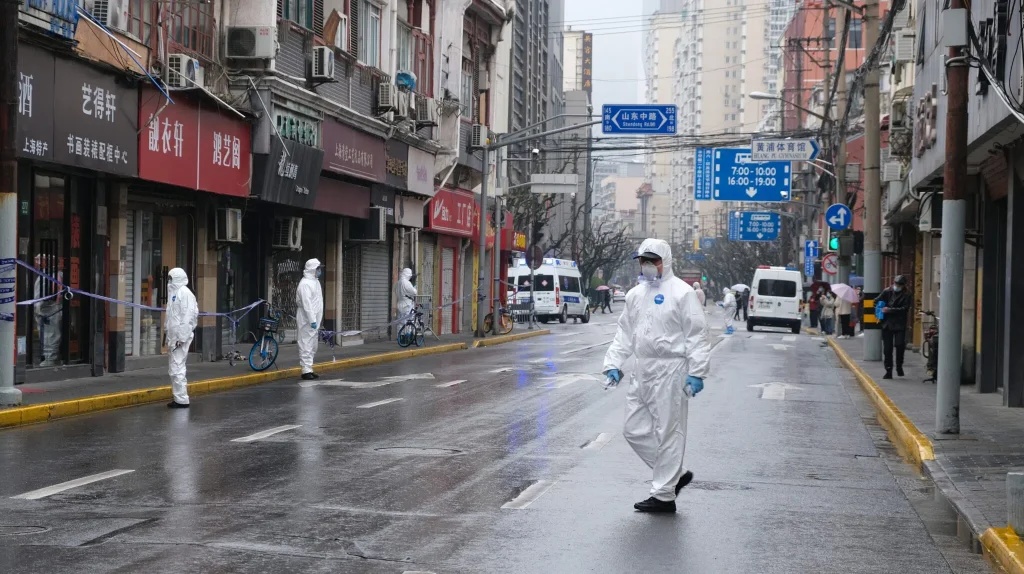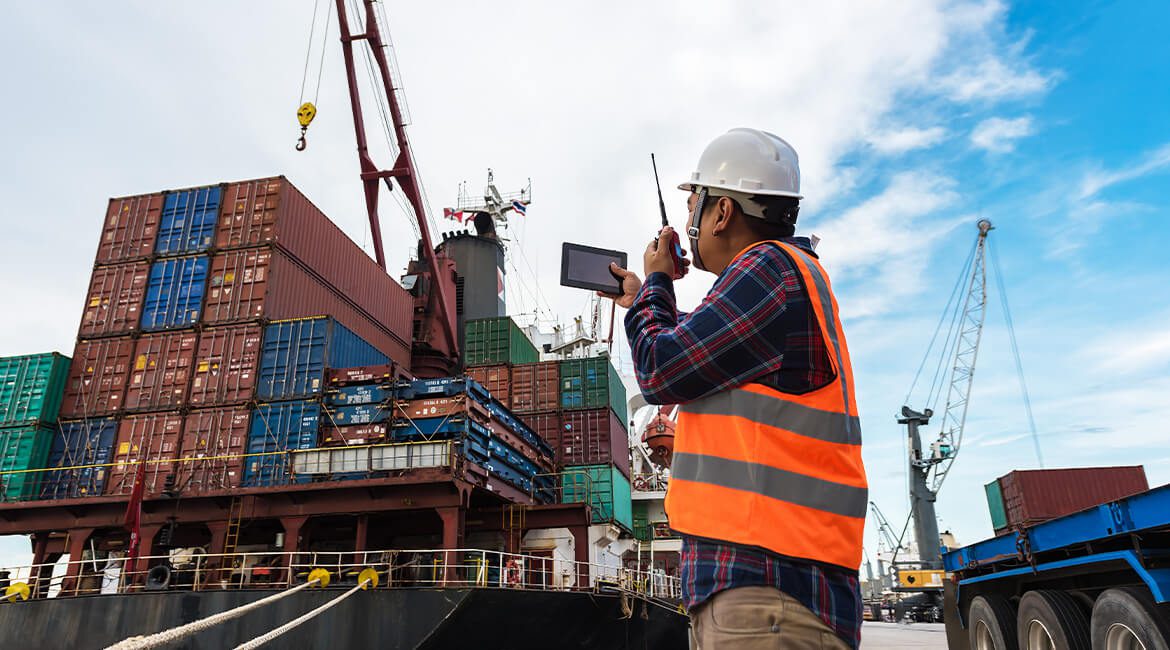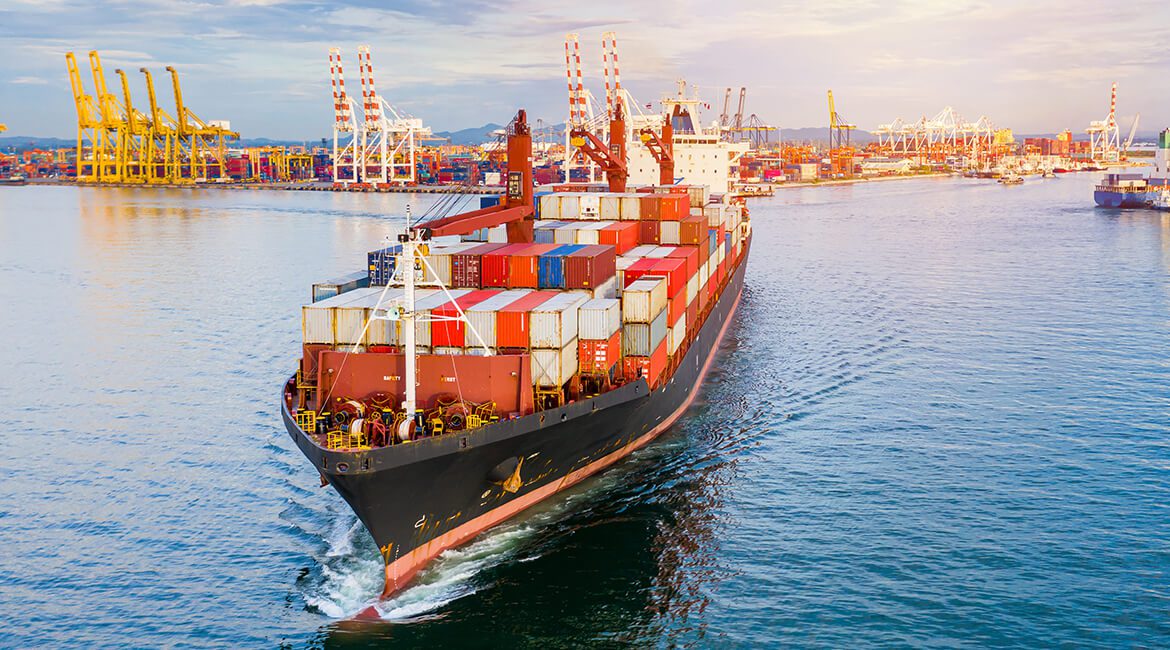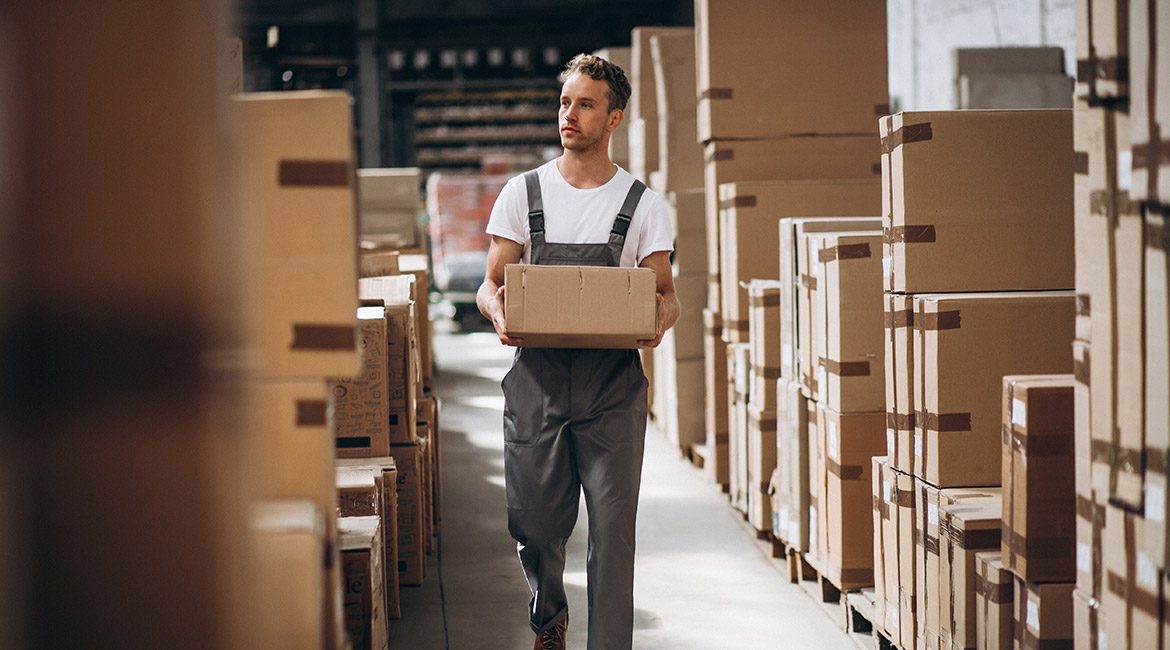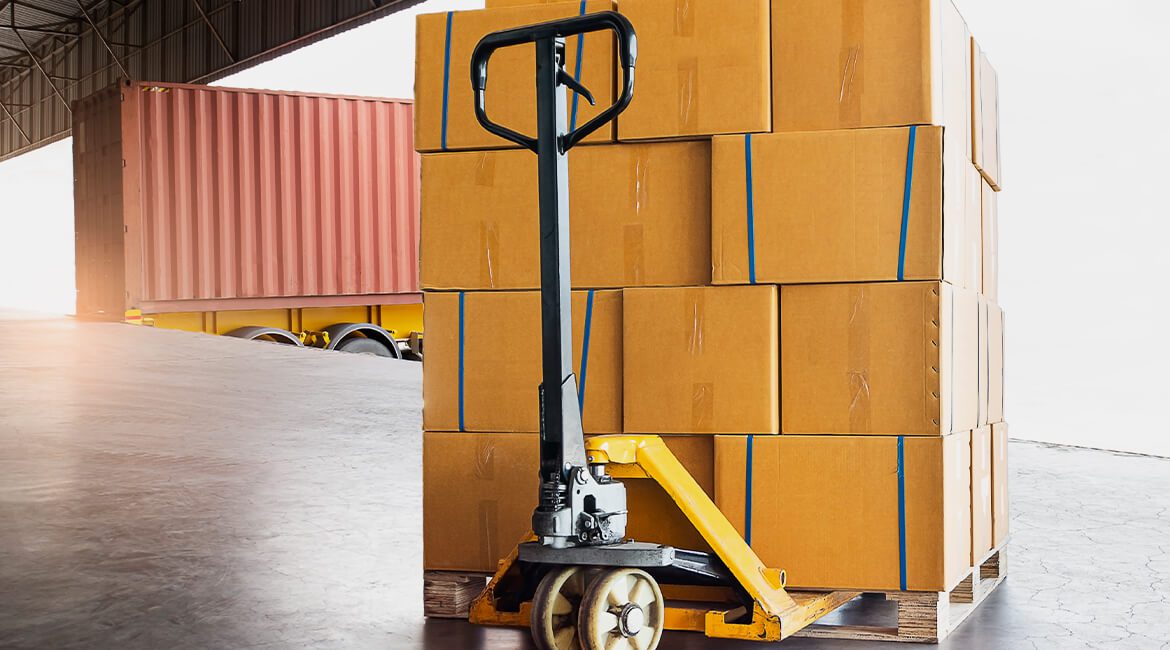Maersk looks at Egypt for green fuel supplies
In the presence of the Egyptian prime minister, a memorandum of understanding was signed on Monday between Maersk and Egyptian authorities in a joint bid to further accelerate the supply of green fuels.
This partnership follows six fuel sourcing partnerships announced earlier this month, and with it Maersk joins forces with the General Authority for Suez Canal Economic Zone (SCZone), the Egyptian New and Renewable Energy Authority (NREA), the Egyptian Electricity Transmission Company (EETC), and the Sovereign Fund of Egypt for Investment and Development (TSFE).
“Egypt has excellent conditions for renewable energy production and ambitions to become global leader in the green energy value chain. We are very excited to be able to explore options together, drawing on our more than 100 years of business relations in the country,“ said Henriette Hallberg Thygesen, CEO, fleet and strategic brands at Maersk.
The parties will be conducting a feasibility study before the end of 2022 to examine an Egypt-based hydrogen and green marine fuel production, powered by renewable energy with Maersk as committed offtaker.
Ayman Soliman, CEO of The Sovereign Fund of Egypt, said; “Maersk’s bid to accelerate the supply of green fuels and the global transformation to net-zero shipping will expand the Suez Canal’s service offering as a main global hub for green bunkering in the region.”
Maersk said yesterday it intends to explore similar opportunities in other regions with strong potential for renewable energy development.
Sam Chambers.
